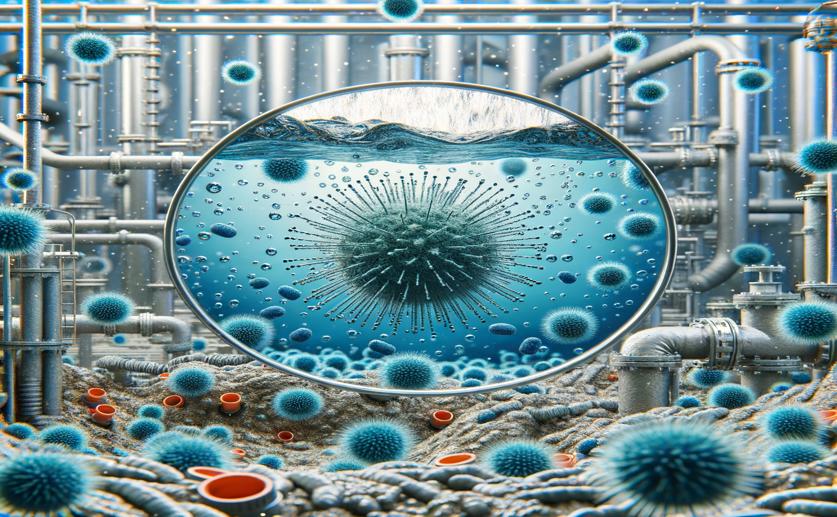
How Bacteria Build Up in a Wastewater Cleaning System
Jenn Hoskins
13th March, 2024

Image Source: Natural Science News, 2024
Key Findings
- At Lund University, researchers found that specific bacteria initially dominate wastewater biofilms
- As conditions change, like increased nitrogen, different bacteria take over, affecting treatment efficiency
- These insights can help optimize wastewater treatment by managing biofilm development
References
Main Study
1) Biofilm colonization and succession in a full-scale partial nitritation-anammox moving bed biofilm reactor.
Published 12th March, 2024
https://doi.org/10.1186/s40168-024-01762-8
Related Studies
2) Priority effects in microbiome assembly.
3) Relevance of Candidatus Nitrotoga for nitrite oxidation in technical nitrogen removal systems.
4) Responses of Clostridia to oxygen: from detoxification to adaptive strategies.



 3rd February, 2024 | Greg Howard
3rd February, 2024 | Greg Howard